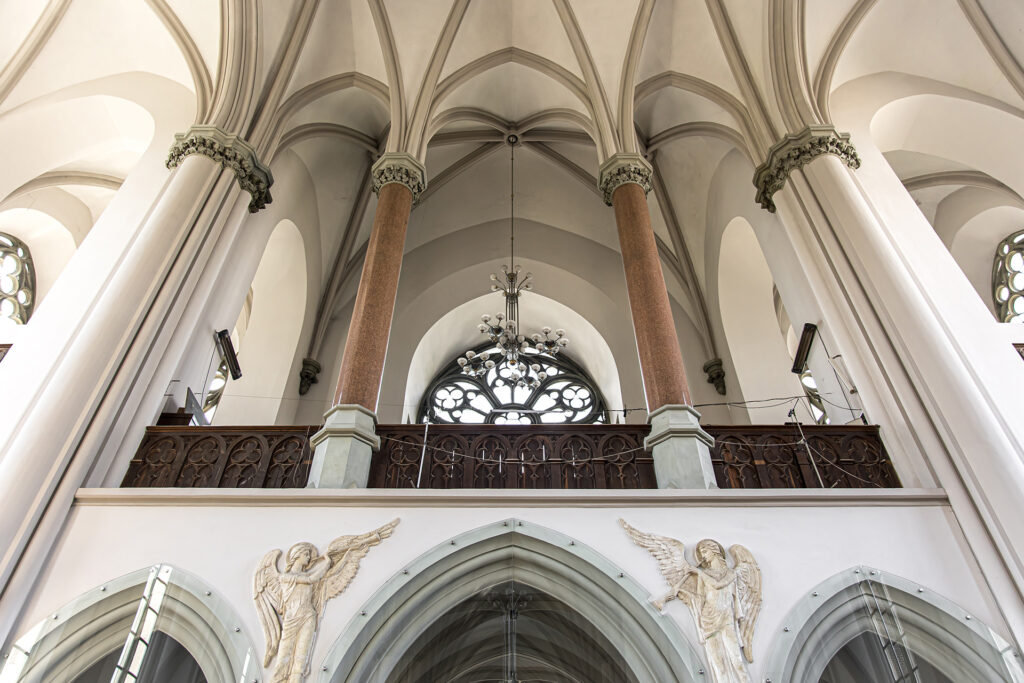
Architectural design styles
Architectural design styles refer to distinct approaches or aesthetics used in constructing buildings and structures. Here are some popular styles:
Inspired by ancient Greek and Roman designs, this style features columns, symmetry, and elaborate decorations. Examples include temples and neoclassical buildings.
Known for pointed arches, ribbed vaults, and stained glass windows, Gothic design was popular in medieval Europe, especially for cathedrals.
This style emphasizes grandeur and drama, with ornate details, bold shapes, and lavish decorations.
Emerging in the early 20th century, it focuses on simplicity, functionality, and the use of modern materials like steel and glass. Famous examples include Bauhaus and International Style buildings.
A reaction to the simplicity of modernism, it combines eclectic forms, playful details, and historic references.
Characterized by intricate geometric patterns, domes, minarets, and courtyards. Famous examples include mosques and palaces like the Alhambra.
Based on local materials and techniques, this style adapts to the climate and culture of a specific region.
A style from the 1920s and 1930s, it emphasizes bold geometric shapes, symmetry, and luxurious materials.
Known for its raw, concrete-heavy designs, this style highlights functionality and bold, blocky forms.


No comments yet.